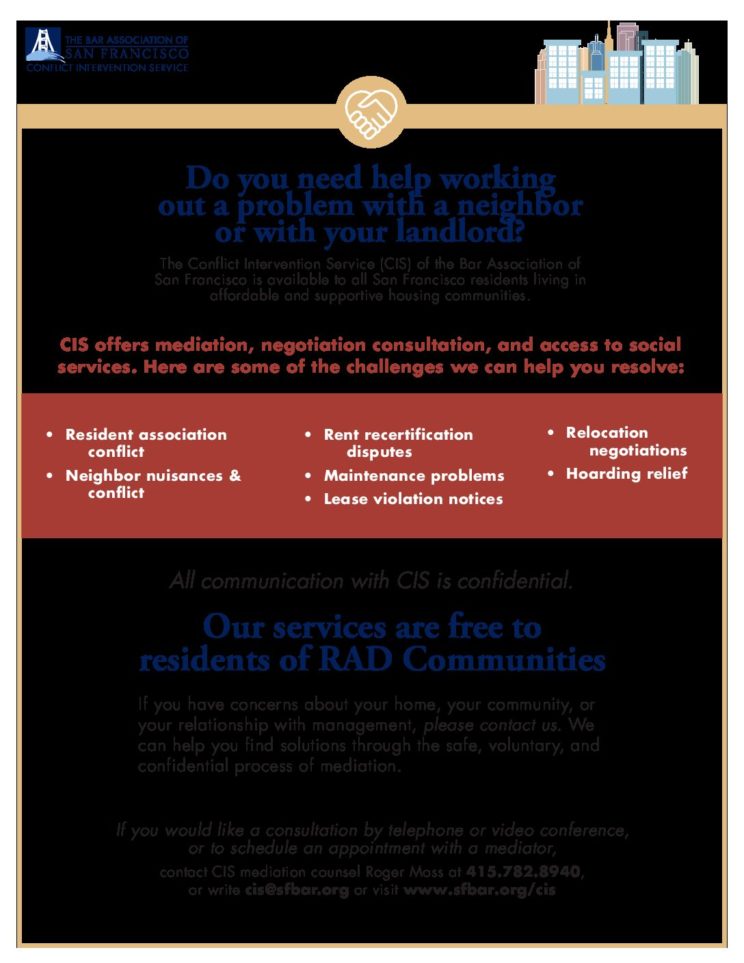Burnout is a phenomenon that many lawyers are all too familiar with. You’re working long hours, sleep has become elusive, you’re chronically exhausted, overly cynical, and you may feel ineffective in your career. Even your subconscious thoughts are constantly ruminating on your clients and cases, creating debilitating anxiety and feelings of isolation. Burnout, in this case, is burning the candle at both ends and, eventually, running out of wick.
Some common symptoms of burnout include excessive stress, anxiety, fatigue, insomnia, weakened immune system, hypertension, alcohol and substance abuse, impaired concentration, pessimism, and erratic emotional states (anger, sadness, depression, irritability). Often those experiencing burnout also feel strain in their interpersonal relationships as a result of these symptoms.
While burnout is a common occupational hazard for law professionals, there are many precautionary steps that you can take to get ahead of any potential crash. Mindfulness practices, like meditation and focused breathing, both help you become more aware of when you are approaching burnout and can help you replenish your energy if you’re already in burnout. Best of all, many of these practices are simple and take very little time.
At its core philosophy, mindfulness is the present and compassionate awareness of your body, energetic state, thoughts, speech, and actions, their effects on the world around you, and the effects that the world has on you. It is asking you to become more aware of how you are being in the world versus solely what you are doing. In taking the time to stop what you are doing and to check in with how you are being, you’ll be better able to notice any potential signs of burnout and you’ll be able to course-correct. The ultimate goal of mindfulness is to help you to create an energetically and emotionally sustainable life so that burnout, and all of the ailments that come along with it, becomes less common.
With the prolonged practice of these techniques and with the propensity for burnout becoming lessened, you may even notice an improvement in your interpersonal relationships, including romantic partnerships, family dynamics, friendships, and professional relationships. Irritants that may have once set you off into fits of anger or agitation become less impactful as empathy and compassion become your primary response. Often, you just become less burdened by what may have once bothered you.
From a scientific perspective, mindfulness practices help to curb the effects of your sympathetic nervous system response (or “fight or flight” response) by helping to ground you into your parasympathetic nervous system response (calming response). The sympathetic state is a part of our biology to help us respond quickly and effectively to the dangers present in the natural world, which is why it is often referred to as “survival mode.” While being in this activated state can be useful and even productive, prolonged time spent in this state taxes the adrenal glands.
Too much of the stress hormone cortisol is released into your system, and your energetic reserves become depleted, leading to exhaustion and eventually burnout.
Sustainably, the parasympathetic state is where our bodies and minds are naturally most equipped to remain at homeostasis, being calmer and more balanced. Time spent in the parasympathetic state can help to reverse the effects of too much time spent in the sympathetic state, giving your system a chance to replenish lost resources. It is also the state of being that is most conducive to our physical, emotional, and mental healing, as the cells in our bodies are allowed to regenerate. In other words, if you find yourself burned out or even approaching burnout, finding a way to access this calming biological nervous system response can help you to bounce back.
Mindfulness for law professionals isn’t just a fad, as it’s now becoming a standard across the industry and in schools. Law schools at Yale, the University of San Francisco, and the University of California at Berkeley have even begun offering mindfulness courses to help law students learn self-care and mental-emotional regulation before they enter their careers.

A Moment of Mindfulness
A quick mindfulness practice you can do anytime is to:
Sit comfortably.
Become aware of all sensation in and on your body, being careful to not label any sensation as good or bad—the sensation just exists.
Move your awareness to your breath—the movement of the abdomen, sensation in the nostrils and throat.
Notice where your mind is and have compassion for any thoughts or distractions that might be present, acknowledging that even distracting or negative thoughts are somehow trying to help you.
Everything you witness, from the body, to the breath, to the mind, is met with compassionate awareness. This process only takes a few moments and can shift your mental and nervous system state quickly.
Mindful Breathing
Another quick practice is called Mindful Breathing. Sitting comfortably, become aware of your breath. Slowly inhale through your nostrils for five seconds, hold your breath in for two seconds, slowly exhale through your mouth for five seconds, and then hold your breath out for two seconds. Repeat this technique for five to ten rounds of breath. If holding the breath causes any anxiety, simply do the practice without the breath holds.
With both singular and prolonged practice of these techniques and others like them, you’ll be able to identify when you’re stuck in your sympathetic response for too long (increased heart rate, shallow breathing, headaches, and fatigue) and help turn your nervous system toward your parasympathetic state and a healthier sense of being.
When you’re living from this mindful state of being, you’ll be happier and healthier, you’ll enjoy your career more, and you’ll find improvements in your communication and relationships with loved ones, colleagues, and clients.
There are many mindfulness practices out there and many are accessible through free smartphone apps, including Insight Timer, Headspace, and Calm. You can also practice mindfulness at many yoga studios and meditation centers. Like drinking water to stay hydrated, reach for just a few moments of mindfulness every day to keep your body and mind vibrant and happy.
About the Author
Jerry Givens is a corporate wellness educator, writer, and life coach in the San Francisco Bay Area. With over a decade of experience working in corporate offices, running businesses, and leading culture at tech companies and small businesses alike, he focuses on bridging the gap between personal values and our actions in the business world. His methods are informed by both modern and ancient psychological models of self-understanding. His client list includes companies like TaskRabbit, Inkling, and Morrison & Foerster.




